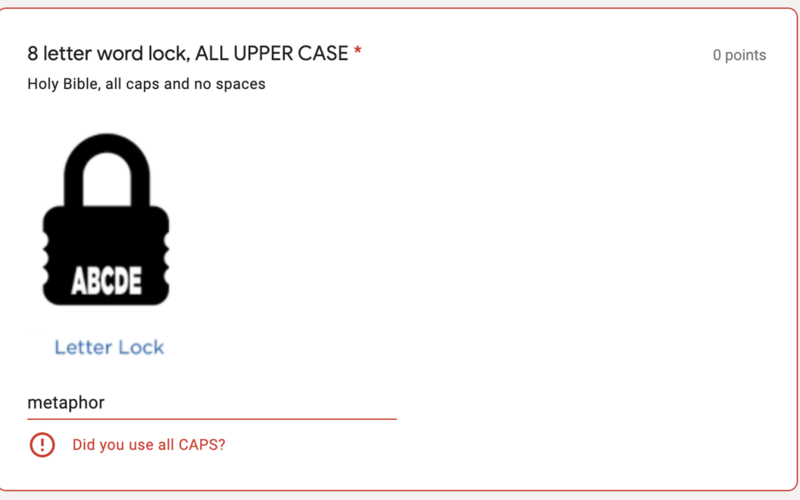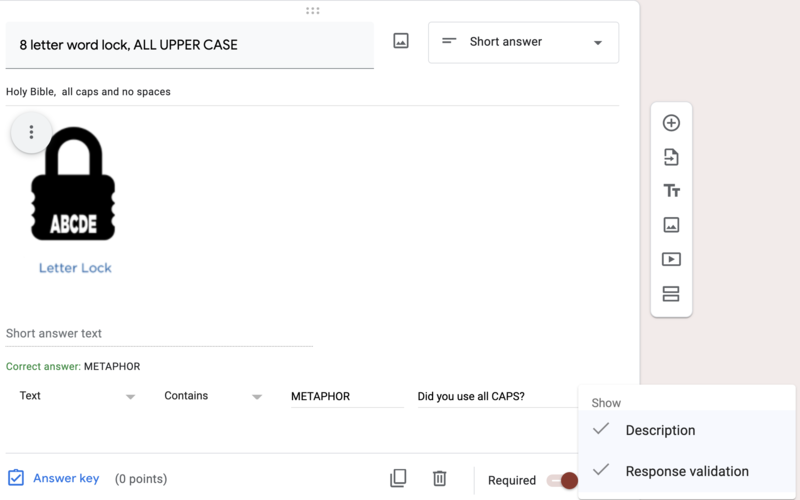Engaging Students with Virtual Escape Rooms Gamifies Learning
Virtual escape rooms are actually closer to the origins of the escape room concept than many realize. The idea began with point-and-click video games in the early 2000s, most notably a game released in 2004 called Crimson Room.
Frequently cited as the first tangible escape room, the Japanese company Scrap Entertainment opened the Real Escape Game in 2007. It created a situation in which players had to solve a mystery and escape before time ran out. This sparked a surge in escape room popularity across Asia and Europe, and in 2012, Scrap Entertainment opened its first U.S.-based experience in San Francisco.
That grew to become more than 1,800 escape experiences from a variety of companies across the United States by 2017. It was around this time that Karly Moura says she began creating virtual escape rooms for students.
Moura, a teacher on special assignment and computer science teacher at Sun Terrace Elementary STEM Magnet School in California, found a lot of success when using virtual escape rooms to teach or reinforce concepts for students.
“Kids just get really excited, and you could sneak anything in there: math, an article, quizzes,” she says. “And then the teachers were super pumped to try it. I had teachers who wanted to create their own and teachers who wanted to use them, so it evolved from there.” Moura soon published a blog post on creating escape rooms and started a course to teach other educators how to use and build them.
WATCH NOW: Create memorable online professional development for teachers.
What Do Students Learn in Virtual Escape Rooms?
As the director of educational technology at Magen David Yeshivah School in New York, Rebecca Penina Simon works with other teachers to create virtual escape rooms for students. The rooms she creates cover a variety of subject areas, from literature to lab sciences.
“It can be used for any content and any age,” Simon says. “We want to make sure we have our educational goals and our technical goals set when creating it.” These goals help guide the content that’s included in the room and how it ties back to the lessons students are working on.
“We can set it up where it will only accept the answer if they enter it correctly, whether it’s numbers, letters or symbols,” Simon says.
The clues in the virtual escape rooms all relate to the material students are learning. It forces students to pay attention, read carefully and understand the content so they can enter the correct answers into the Google Form and escape.















